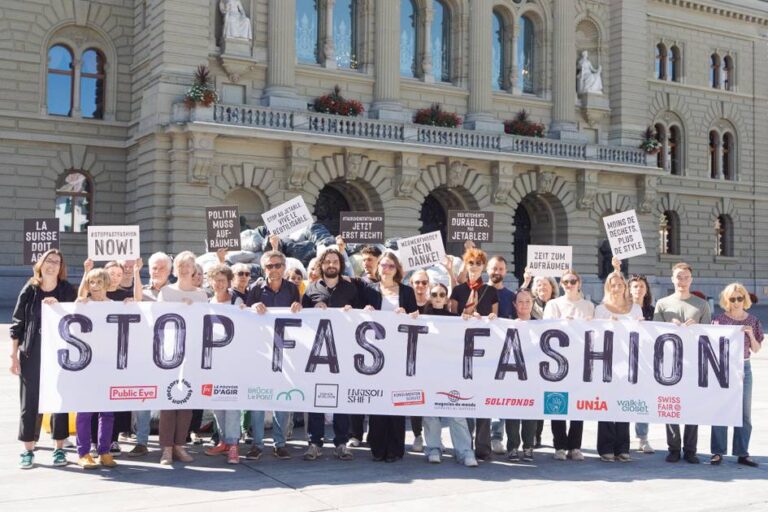Eco-Friendly Sneakers: Innovations in Materials and Future Trends

The footwear industry, particularly sneakers, is embracing sustainability, increasingly seen in fashion lines and worn across various occasions. Research and innovative projects by material producers are focusing on creating sustainable, recyclable, and partly recyclable options for sneakers.
Saverio Lapini, co-founder and CEO of Ollum srl, a consultancy based in Arezzo, Italy, specializes in corporate sustainability. He shared insights on the state of sustainable sneaker production in a conversation with FashionUnited.
Sneaker Production in the Sustainability Landscape
Traditionally, the sneaker industry relies on synthetic materials such as rubber and polyester, which are petroleum-based. In response to sustainability pressures, companies are now adopting natural materials like hemp and alternatives to standard plastic, including compostable, recyclable, and bio-based options.
Shifting the Production Model
While natural materials offer an eco-friendly choice, they are not always ideal for sneaker applications due to durability and performance requirements. Biobased rubbers emerge from natural resources, manufactured through processes akin to those used for synthetic versions. This advancement enables firms to utilize existing production machinery.
Environmental Benefits of the New System
Utilizing these methods can result in an environmental footprint that is about one-third less than traditional sneaker production. Still, there are challenges to address.
1. Challenges of Alternative Materials
These alternative materials sometimes exhibit a shorter lifespan than conventional options. As a result, while the immediate environmental impact of the sneakers may lessen, their overall longevity doesn’t improve, failing to alter the traditional production cycle.
2. A Path towards Genuine Sustainability
Embracing natural materials marks progress, but subsequent steps must emphasize durability and after-sales support. Many brands overlook repair services for sneakers, even though consumers show interest in mending products to prolong their lifespan.
Consumer Desire for Change
Fashion brands have a responsibility to elevate the “old and repaired” look. Featuring patched items on runways could help shift perceptions.
The Cost of Sustainable Sneakers
Natural materials for producing sustainable sneakers typically carry a higher price tag due to limited economies of scale. Producers, primarily from Italy’s Marche region and Southeast Asia, cater to niche markets that do not experience the same pricing competition as mass suppliers. However, material costs only represent about 20% of the final sneaker price.
Scaling Up Sustainable Production
Currently, numerous companies offer just one sustainable model or line, complicating efforts to expand production.
Lack of Vision for Sustainability
Many sustainability initiatives fall short of long-term goals, lacking a cohesive culture and expertise in organizations. This void can lead to qualified young professionals leaving companies that fail to demonstrate a comprehensive vision for sustainability.
This article was translated to English using an AI tool.
FashionUnited utilizes AI language tools to assist in translating (news) articles, subsequently proofreading to enhance results. This process allows our human journalists valuable time for research and original writing. Translated articles are carefully reviewed by a human editor before publication. For inquiries or feedback regarding this process, please contact us.
As the sneaker industry evolves, how do you feel about the journey towards sustainability?





